Live and learn… I had always thought of Iris as a delicate and overbred plant for experienced gardeners. But when I came here I found out that Iris is one of the most robust, hardy, drought and heat resistant flowers there are. Iris varieties grow wild everywhere around here, from small Iris lutescens in the Garrigue to tall Iris barbata, grown in gardens, but also naturalized in the countryside.
They all bloom in spring, tolerate chalky soil, but need good drainage. All rhizomatous iris should not be buried but planted so that their rhizome is barely covered with soil. Bulbous iris on the other hand are buried about 10cm deep just like most other bulbous flowers.
I actually am not quite sure what type of Irises I have in my garden but here are a few varieties that are interesting:
Iris Varieties for a Mediterranean Garden
Rhizomatous iris
Iris lutescens
I don’t have these (yet) in my garden but it is only a matter of time. I love seeing them out in the countryside. Iris lutescens or “yellow iris” seems not quite the right name since it blooms not only in yellow, but also in white or purple in February and March. It is a low-growing (max 15cm) native Mediterranean flower and grows wild on dry, gravelly slopes and in the garrigues. It grows and spreads slowly and is very drought-tolerant.
Iris unguicularis
I got some rhizomes from a lovely neighbor and hope they will finally flower this winter. Iris unguicularis or Algerian Iris is a native of Eastern Mediterranean and North African regions, where it grows in woods, garrigues and on rocky slopes. It blooms between December and March, is of medium height (30cm), and tolerates not only drought but also root competition from deciduous trees and shrubs.
Iris barbata
Iris barbata is a hybrid of Iris pallida, Iris variegata, Iris aphylla and other kinds of wild iris. The name stands for all cultivated varieties with colorful “beards” on the lower petals. This group consists of a very large range of cultivars that are divided into three groups according to height and flowering season:
- Iris barbata elatior hybrids: over 70cm high, flowering from the end of May
- Iris barbata media hybrids: 40-70 cm high, flowering between April and May
- Iris barbata nana hybrids: 15-30cm high, flowering from mid-April on
This doesn’t really help in identifying specific cultivars as there are more than 30’000 different cultivars of Iris barbata elatior alone. It also doesn’t help me in identifying my local iris that begin flowering as early as February…
Iris germanica
Iris germanica is also not a separate group but just another hybrid form of Iris barbata. The only Iris I have had so far not had any luck with. I was very interested in the “remontant” variety because of it’s re-flowering in the fall. But of the six bulbs I ordered and planted in the fall of 2022 not a single one came up the next year! And since I had so many other lovely irises come up from rhizomes found in a soil delivery in the fall of 2023 I decided not to bother with these presumably more fussy Irises anymore. For now.
Bulbous Iris
Iris reticulata
Iris reticulata is a native of Eurasia and the Middle East (Caucasus, Turkey, Iraq, Iran). Instead of a rhizome it grows out of a bulb and grows to a height of 15cm. I planted the variety «Djit» in 2024 which flowers for about two weeks between February and March. It’s natural habitat is actually mountainous which may account for the fact that of 30 planted bulbs only about half showed up.

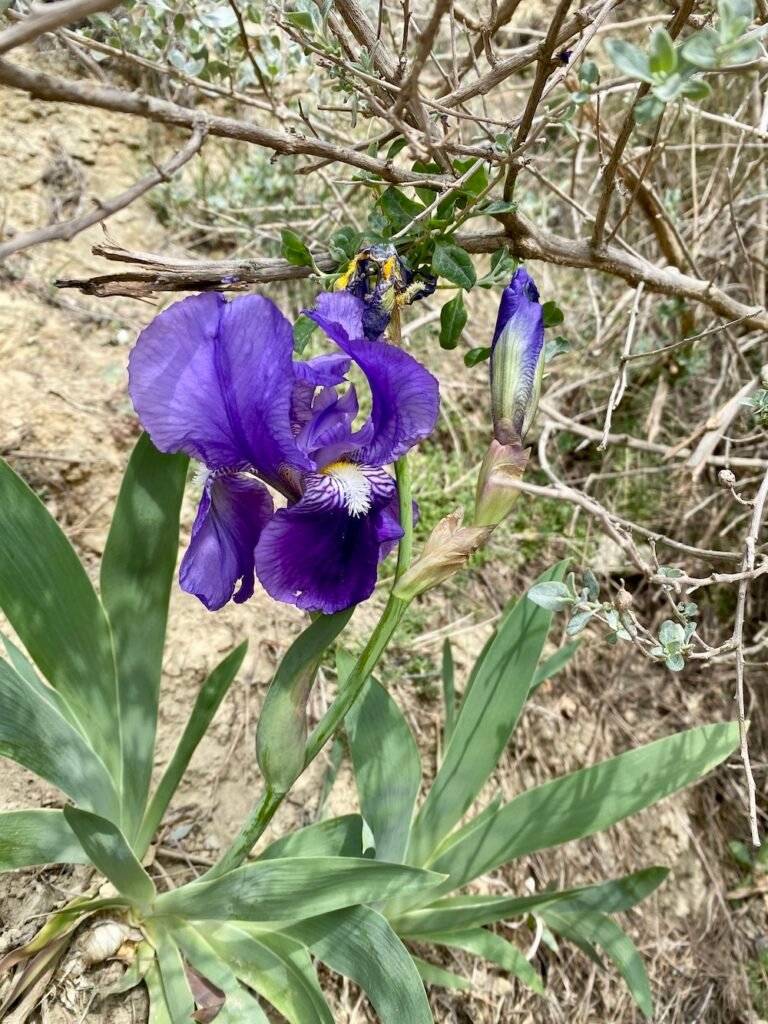
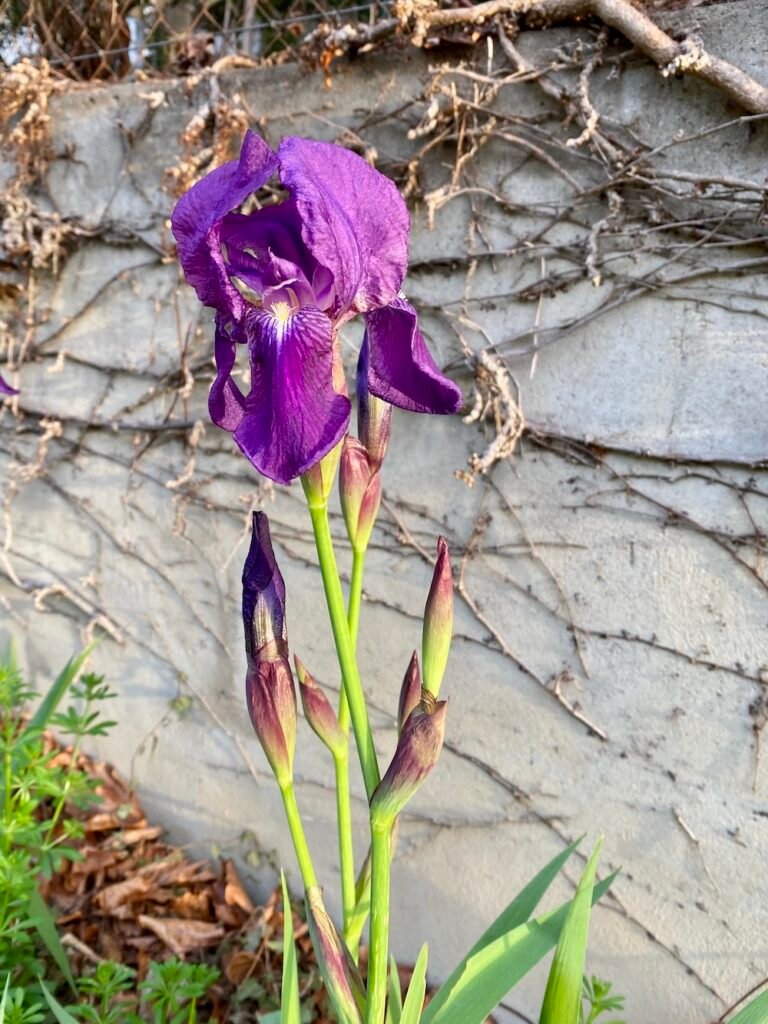


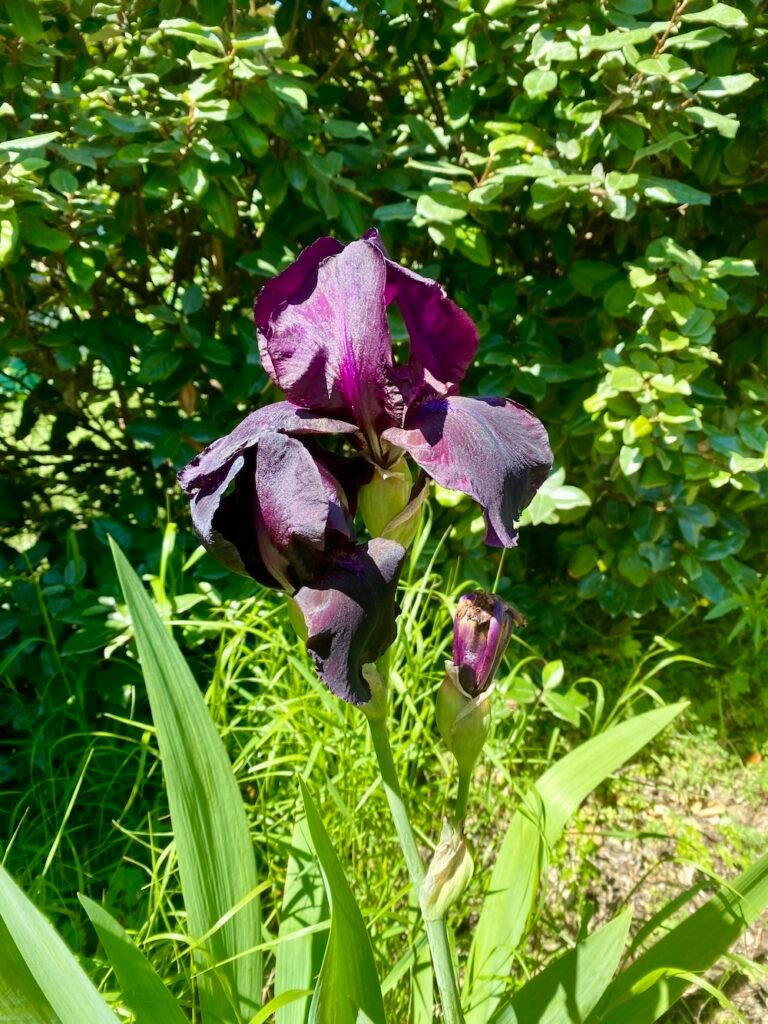
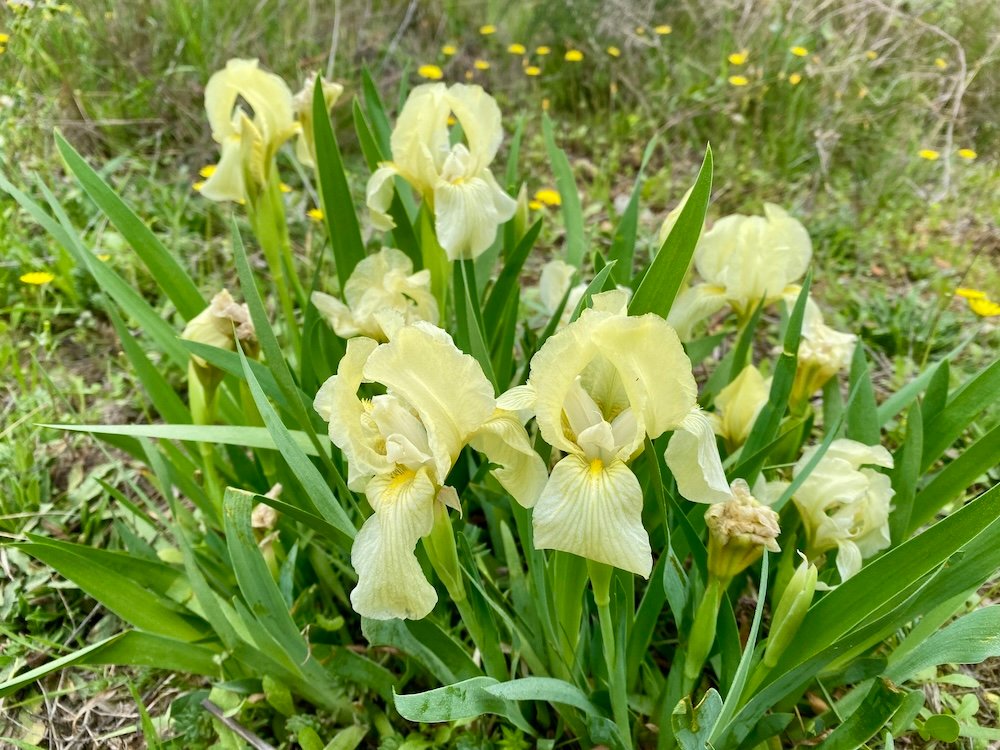
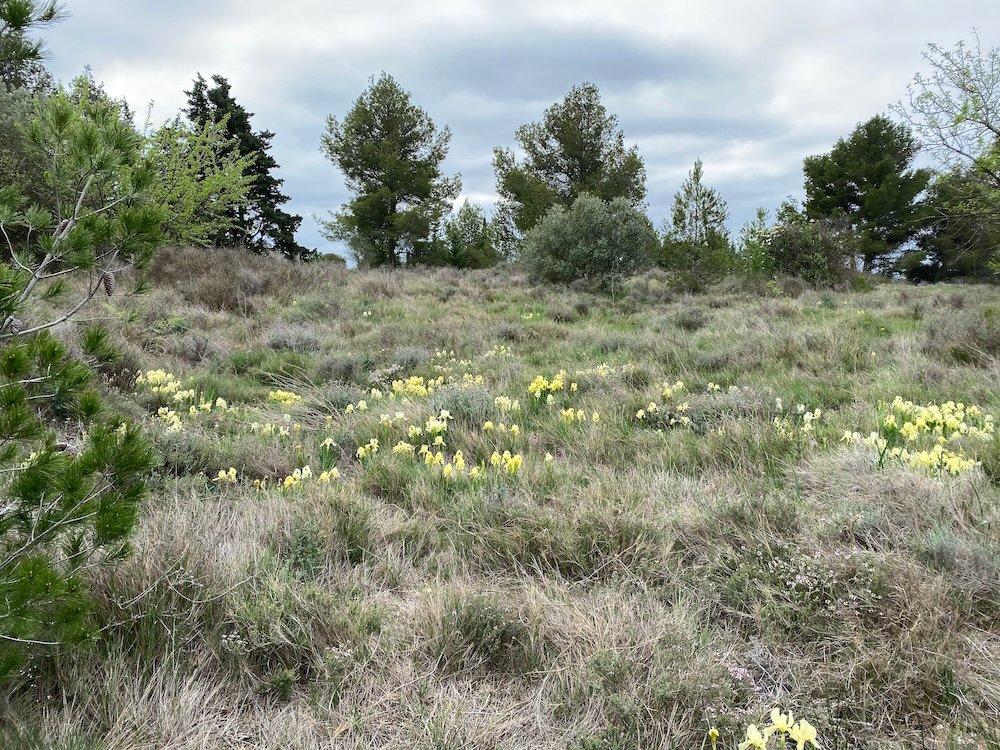
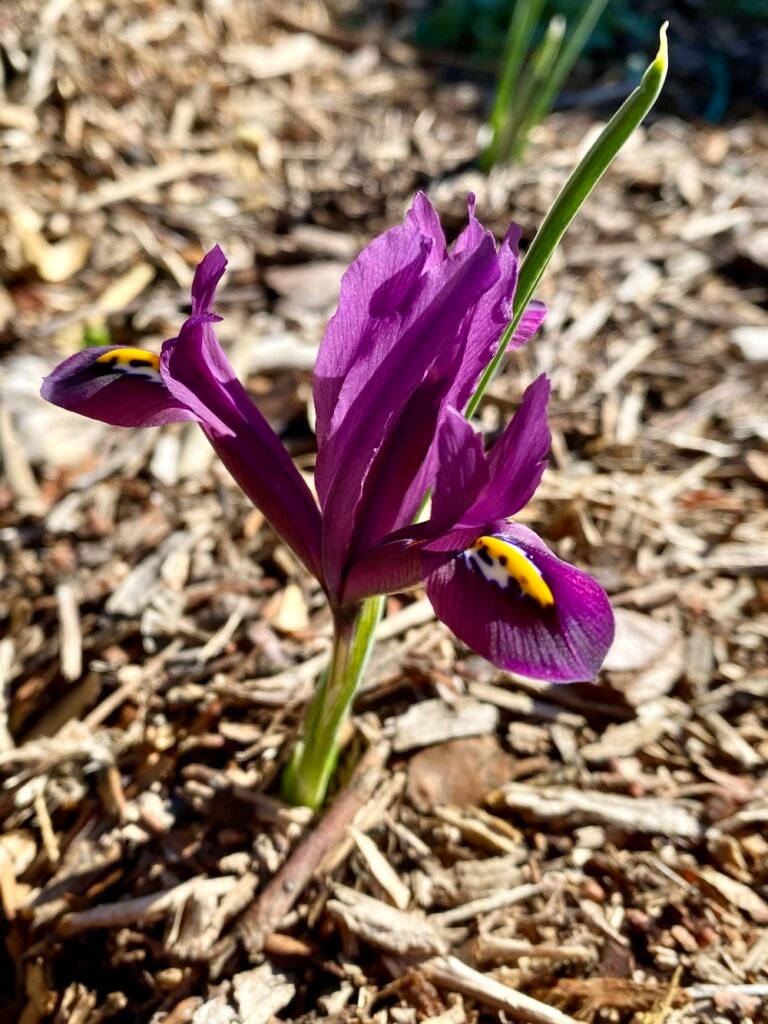
Caring for Iris
There’s not really much to be done. Unless you plant twice-blooming varieties of Iris germanica there’s absolutely no need for feeding or watering. In fact, Iris hate being wet and their rhizomes need to be planted very shallowly for them to flower. Last fall I dug up all the Iris and replanted them, along with a bunch of rhizomes I had discovered in a load of soil from another garden. All through the wet winter and spring I took care to scrape off any earth or leaves or weeds that gathered on top of the rhizomes and this spring I had one of the best Iris blooms ever with some new varieties even.
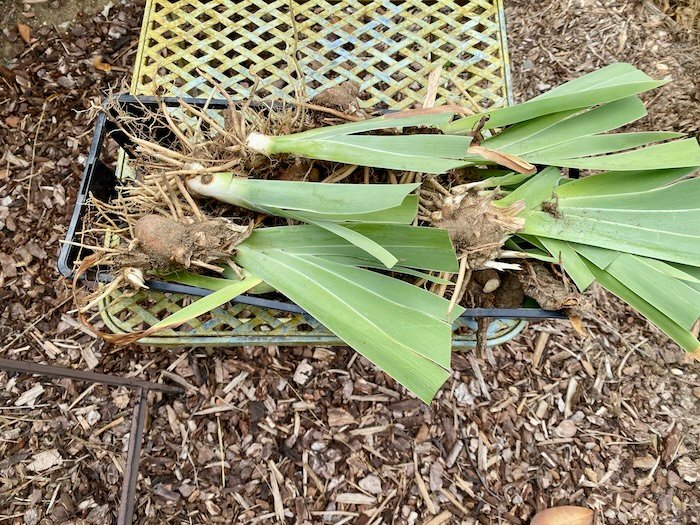
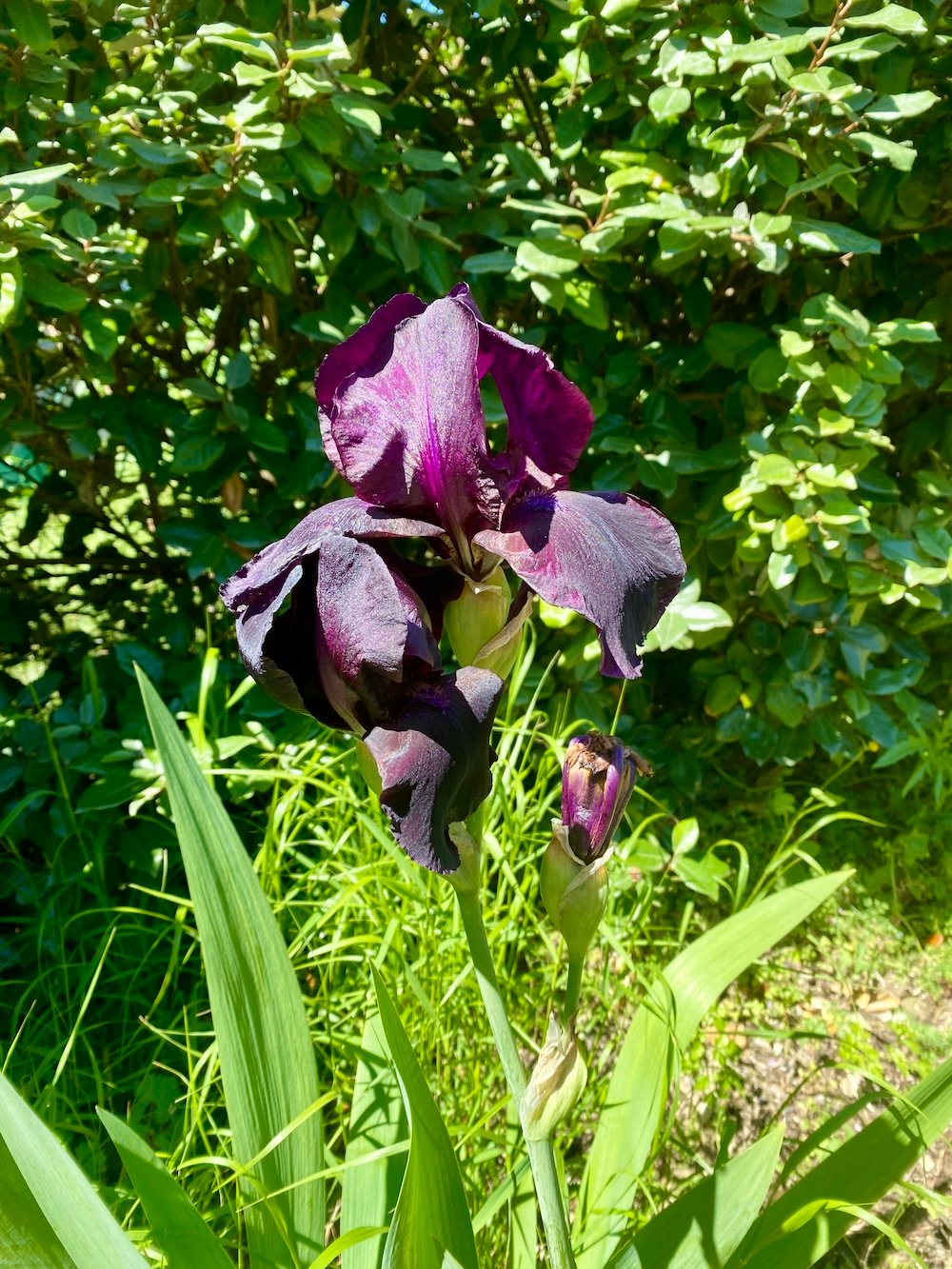
Leave a Reply